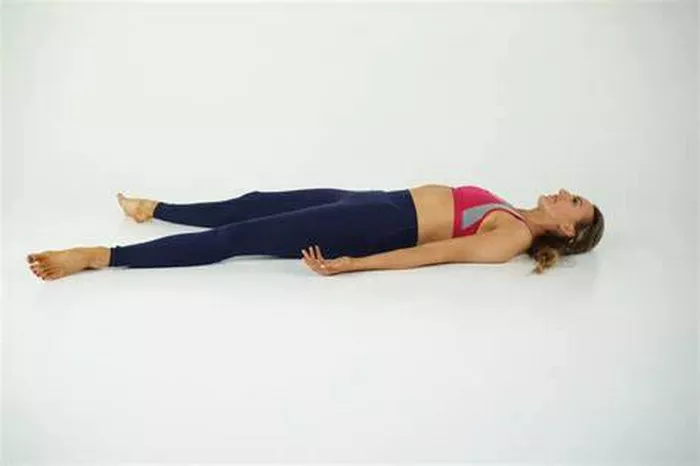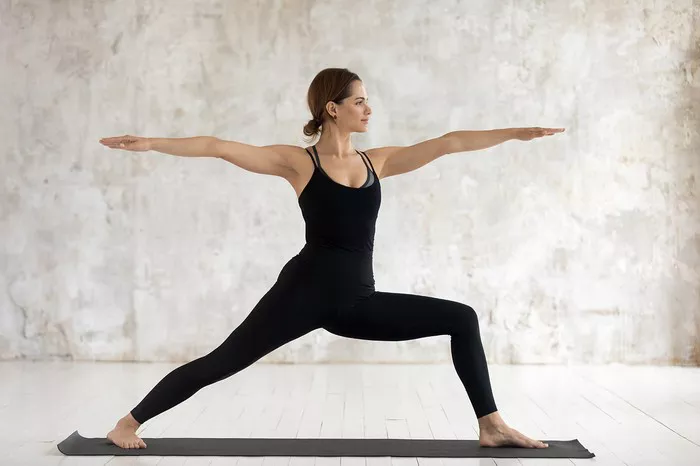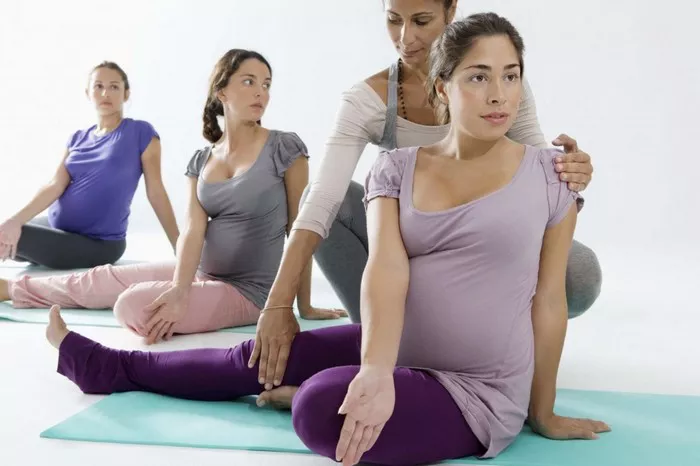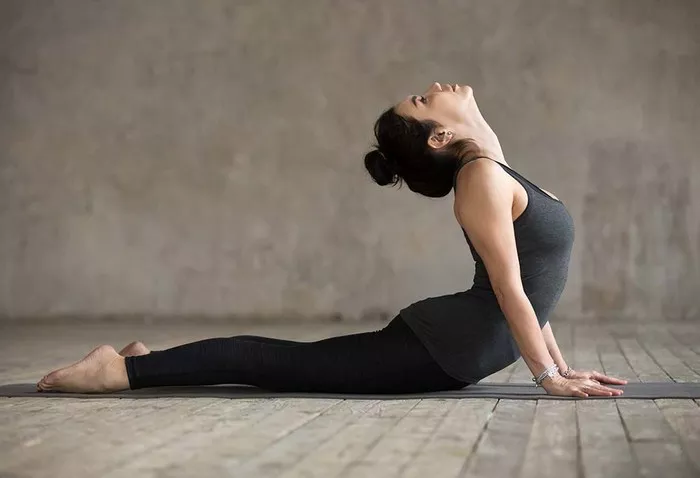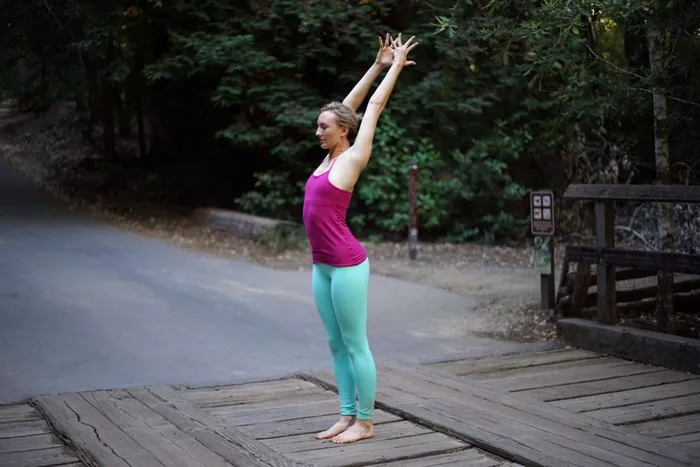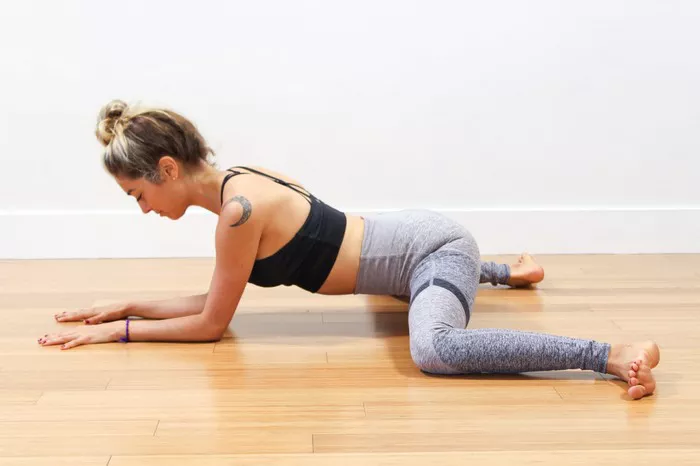Yoga, an ancient practice that unites the mind, body, and spirit, offers a plethora of poses that cater to various needs and aspirations. Among these, Corpse Pose, known as Savasana in Sanskrit, stands as a cornerstone of relaxation and rejuvenation. In this comprehensive guide, we delve into the origins, symbolism, benefits, variations, modifications, step-by-step instructions, as well as precautions and contraindications of this profoundly calming posture.
Origins and Symbolism
Corpse Pose traces its roots to ancient India, where it emerged as a fundamental aspect of Hatha Yoga, a branch that focuses on physical postures to prepare the body for meditation. The term “Savasana” is derived from two Sanskrit words: “Sava,” meaning corpse, and “Asana,” meaning posture or seat. The imagery of a lifeless body in deep repose symbolizes the ultimate surrender—letting go of all tension, stress, and worldly concerns.
This pose embodies the concept of “Shavasana” or the final relaxation in yoga practice, signifying the culmination of physical exertion and the transition into a state of profound stillness. It is often considered the most challenging posture precisely because it requires complete surrender and relaxation, which can be elusive in today’s fast-paced world.
Physical and Mental Benefits
The benefits of Corpse Pose extend far beyond its apparent simplicity. Physically, it allows the body to integrate the benefits of preceding yoga postures, promoting muscle relaxation, improved circulation, and enhanced flexibility. By consciously releasing tension from each part of the body, practitioners can alleviate chronic pain and discomfort, particularly in areas prone to stress, such as the shoulders, lower back, and hips.
Mentally, Savasana serves as a gateway to deep relaxation and meditation. It offers a sanctuary for the mind, allowing thoughts to drift away and facilitating a profound sense of inner peace. Regular practice of Corpse Pose can alleviate symptoms of anxiety, depression, and insomnia, fostering mental clarity and emotional well-being.
Variations and Modifications
While Corpse Pose may appear straightforward, it offers ample room for customization to suit individual needs and preferences. Variations and modifications can cater to practitioners of all levels, from beginners to advanced yogis, and accommodate specific physical limitations or injuries.
One common variation involves placing a bolster or folded blanket under the knees to alleviate lower back strain and promote spinal alignment. Another modification entails using props such as eye pillows or blankets to enhance relaxation and sensory deprivation. Advanced practitioners may explore variations that incorporate subtle energy work or visualization techniques to deepen the meditative experience.
Step-by-Step Instructions
To practice Corpse Pose effectively, follow these step-by-step instructions:
1. Begin by lying flat on your back on a comfortable surface, such as a yoga mat or padded floor.
2. Allow your feet to fall open naturally, with toes pointing outward, and relax your arms by your sides, palms facing up.
3. Close your eyes gently and take a few deep breaths, inhaling through the nose and exhaling through the mouth, to center your awareness.
4. Starting from the top of your head, consciously release tension from each part of your body, working your way down to your toes.
5. Relax your facial muscles, soften your jaw, and let go of any furrowed brow or clenched teeth.
6. Focus on your breath, observing the natural rhythm of inhalation and exhalation, without attempting to control or manipulate it.
7. Surrender to the sensation of weightlessness, allowing your body to sink into the ground and merge with the earth beneath you.
8. Remain in this state of deep relaxation for 5 to 15 minutes, or longer if desired, savoring the stillness and serenity of the present moment.
9. When you are ready to conclude the practice, gradually deepen your breath, wiggle your fingers and toes, and gently awaken your body from its slumber.
10. Roll onto one side in a fetal position, using your arm as a pillow, before slowly transitioning back to a seated position with eyes closed.
Precautions and Contraindications
While Corpse Pose is generally safe for most individuals, certain precautions should be observed, especially for those with pre-existing medical conditions or injuries. Pregnant women should avoid lying flat on their backs for extended periods, particularly after the first trimester, to prevent compression of the vena cava and reduce the risk of dizziness or fainting.
Individuals with chronic back pain or spinal injuries should use caution and may benefit from additional support, such as a bolster or rolled-up towel, under the knees. Those with cardiovascular issues or high blood pressure should practice Savasana with their head and chest slightly elevated to minimize strain on the heart and promote circulation.
Furthermore, Corpse Pose may evoke intense emotions or memories for some individuals, especially those with a history of trauma or PTSD. It is essential to approach the practice with self-awareness and compassion, acknowledging any arising sensations or feelings without judgment.
Conclusion
In conclusion, Corpse Pose epitomizes the essence of relaxation and surrender in yoga practice. By embracing stillness and letting go of worldly distractions, practitioners can cultivate a profound sense of peace and well-being that permeates every aspect of their lives. Whether used as a prelude to meditation or as a standalone practice for stress relief, Savasana offers a sanctuary for the body, mind, and spirit to find solace in the serenity of the present moment.
FAQs:
What are the disadvantages of the corpse pose?
The corpse pose, or Savasana, though deeply relaxing, can be challenging for some practitioners. Disadvantages include the potential for discomfort in the lower back and neck if the body isn’t properly supported. Additionally, it may induce feelings of restlessness or agitation in individuals who find it difficult to quiet the mind or relax fully.
Why do people cry during Savasana?
People may cry during Savasana due to the release of pent-up emotions and tension stored in the body. As the body and mind relax deeply, suppressed feelings may surface, leading to tears as a natural emotional release. This cathartic experience can be therapeutic, allowing practitioners to process and let go of emotional baggage.
What is the most relaxing pose in yoga?
The most relaxing pose in yoga varies from person to person, but commonly cited is Balasana, or Child’s Pose. This gentle forward bend provides a sense of surrender, relaxation, and comfort, promoting deep breathing and release of tension.
How long should you hold Savasana?
Savasana should ideally be held for at least 5-10 minutes to fully reap its benefits. However, some practitioners may find deeper relaxation with longer holds, up to 20 minutes or more, allowing for complete restoration of the body and mind.

